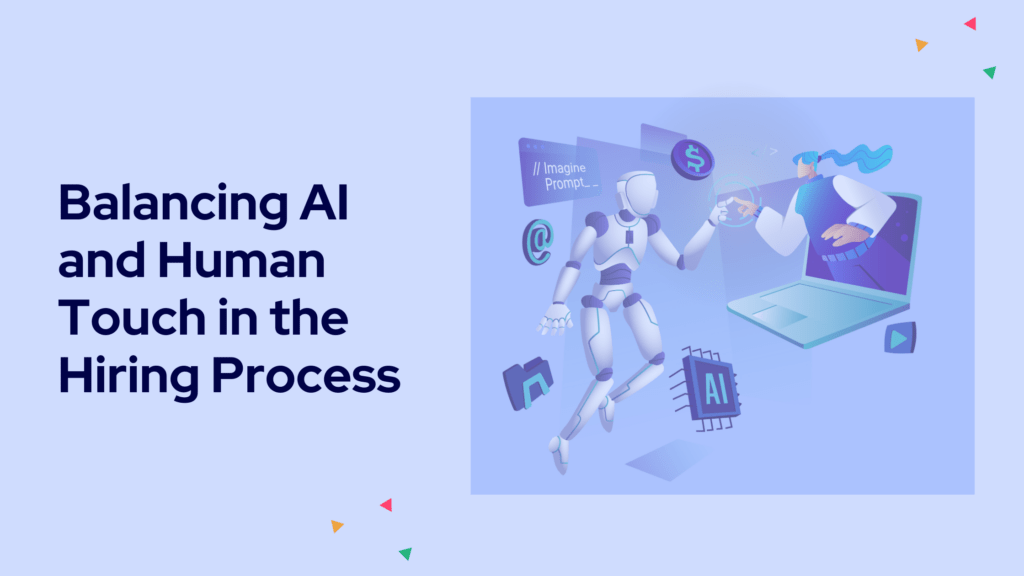
Introduction
As artificial intelligence becomes increasingly integrated into the recruitment process, it is essential to master a balance between leveraging its advantages and maintaining a human touch. Recruiting like a human in the era of AI is crucial for building meaningful connections with candidates, ensuring a positive experience, and making more informed hiring decisions. With the worldwide AI market expected to reach over $1.8 billion by 2030, it is clear that rapid transformation and change is not going anywhere. But how do you navigate this evolution and not get left behind? This article will look into various strategies and best practices to help retain a human-centric approach, while utilising the power of AI in the recruitment process.
Champion candidate experience
In the digital era, candidates expect a seamless and engaging experience. 79% of organisations already use automation and/or AI in recruitment and hiring according to Forbes. While AI can automate certain aspects, such as initial screenings, always remember that candidates are individuals with unique needs. It is important to provide clear and timely communication, be responsive to questions, and offer personalised feedback. 67% of candidates have a positive impression of an organisation if they receive consistent updates throughout the application pipeline. The recruitment process should be a two-way conversation that leaves candidates with a positive impression of your organisation, regardless of the outcome. It’s also worth remembering that candidates can provide feedback on your interview touchpoints and give honest and actionable feedback for your talent pipeline.
Customise AI-driven communication
In the hiring process, automated communication is efficient, but it can come across as impersonal. On average, talent acquisition professionals spend nearly 13 hours sourcing candidates for a single role so there is no denying the time-saving value of AI. You can now humanise AI-driven interactions by tailoring messages to address candidates by name and incorporating warmth and empathy into your communication. Additionally, provide an option for candidates to reach out to a real person if they have specific concerns or questions. This will ensure that they feel heard and valued and are not interacting with a faceless digital echo chamber.
Balance technology with human judgement
Leverage AI-powered assessment tools like interview intelligence to efficiently evaluate candidates’ skills. However, remember that AI is not infallible, and a comprehensive evaluation requires human judgement. Review a candidate’s performance with an understanding of the broader context, and capture interview data to ensure a fair and objective evaluation. AI can also bolster your onboarding experience and help you to create an engaging and personalised experience for new employees.
The delicate balance between technology and personal touch
Be open about the role of AI in your recruitment process. Inform candidates when AI tools are used and explain how it aids decision-making. Transparency builds trust and helps candidates understand that AI complements the human element rather than replacing it. If you are using AI software created by a third party, make sure it is continually monitored for any patterns of potential bias. In 2018, Amazon discontinued an AI recruiting engine after it was discovered that the system taught itself that male candidates were preferable. American firms came under scrutiny for this very topic and were forced to withdraw facial recognition tools from its hiring system in 2021.
How to communicate the use of AI transparently?
Being open with AI usage in your recruitment process is crucial for building trust with candidates. It will ensure a positive candidate experience. Here are seven key strategies to achieve this balance:
- Communicate clearly
Right from the beginning, inform candidates about the role of AI in the recruitment process. Clearly explain which stages involve AI-driven tools and how they assist in making fair and unbiased decisions. Transparency about AI usage helps candidates understand that it complements human judgement and does not replace it.
- Humanise AI-driven interactions
When using automated chatbots or email responses, ensure they have a human touch. Customise the communication to address candidates by name and use warm, personable language. If the chatbot cannot answer a specific question, provide an option for candidates to connect with a real recruiter or HR representative.
- Offer personalised feedback
While AI can handle initial screenings and assessments, provide candidates with personalised feedback during the interview process. Constructive feedback, even if it’s generated by AI, demonstrates that their application was carefully reviewed by both technology and human evaluators.
- Conduct live interviews
No matter how advanced AI-driven video interviews become, conducting face-to-face interviews or virtual interviews with human recruiters is essential for building rapport and assessing the candidate’s soft skills and emotional intelligence. Non-verbal communication can be better understood by humans, making the process more engaging and interactive
- Utilise panel interviews
Incorporate panel interviews that involve a diverse group of interviewers, including different team members and hiring managers. This approach brings multiple perspectives into the evaluation process and reduces individual biases that might exist in AI algorithms.
- Prioritise soft skills assessment
AI is excellent at analysing hard data, but soft skills and emotional intelligence are equally crucial for candidate evaluation. Design interview questions and scenarios that assess problem-solving abilities, adaptability, teamwork, and communication skills, allowing human interviewers to gauge the candidate’s responses effectively.
- Encourage candidate interaction with employees
Facilitate opportunities for candidates to interact with potential colleagues during the recruitment process. This could include informal meetings, virtual coffee chats, or team-building exercises. Such interactions allow candidates to get a sense of the company culture and the people they may be working with, adding a human touch to the process.
Looking ahead
As we navigate continued uncharted territory and rapid advancements in AI, all industries (and humans) will be tested. Each individual hiring manager and organisation will have to find their own moral compass for a way forward in how they adopt AI tools, and how they communicate their transparent usage to candidates. The end goal should be that candidates are given an equal opportunity. AI enhancing the experience and the time-saving benefits is an excellent by-product for the end-to-end recruitment process.
In this train of thought, augmented intelligence uses machine learning and deep learning to provide humans with actionable data. This subsection of AI machine learning is designed to improve human decision-making and, by extension, actions taken in response to improved decisions. It does not make decisions for humans, instead large quantities of data are sifted and refined when humans need it.
Conclusion
Recruiting like a human in the era of AI requires finding the perfect harmony between technology and personal touch. Prioritise candidate experience, customise AI-driven communication, and emphasise emotional intelligence and soft skills. Ensure that AI is free from bias and actively supports diversity and inclusion efforts. Finally, balance AI-driven assessments and interviews with human judgement and create a personalised onboarding experience.
It is important to remember that balancing technology with a human touch can help organisations attract top talent and create a diverse and thriving workforce. By following these strategies, recruiters can humanise the recruitment process, attract top talent, and build strong, diverse, and engaged teams that drive organisational success.
Find out more information about our inclusive interview intelligence platform here


